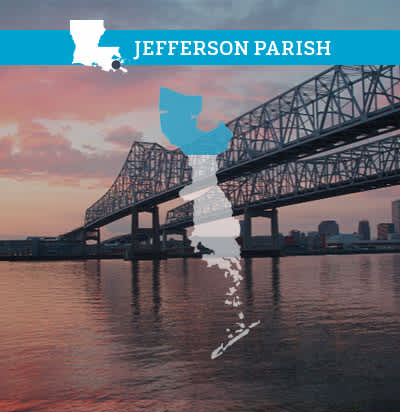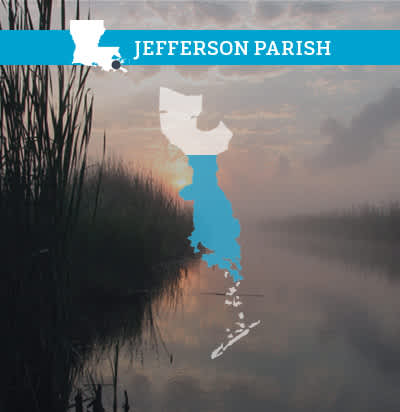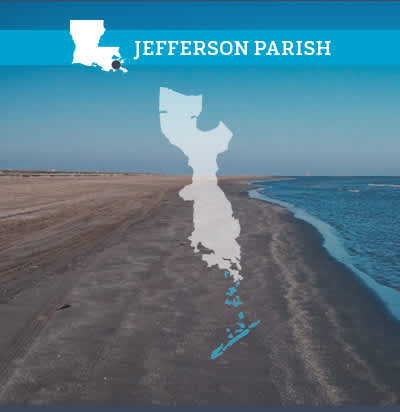The Soul of South Louisiana:
Native, Creole & African American Heritage Trail
Our trail highlights the Native, Creole, and African-American people, their heritage, culture, and way of life in the tri-parish region. It winds its way throughout the East and West Banks of Jefferson Parish as well as into neighboring St. Tammany & River Parishes, highlighting different historic points of interest. There are a variety of stories told – of faith, perseverance, music, and community – that will help us move forward together.
View the full 5-day Itinerary
Your Jefferson Parish leg of the tour begins at John H. Martyn School in Jefferson.
John H. Martyn School
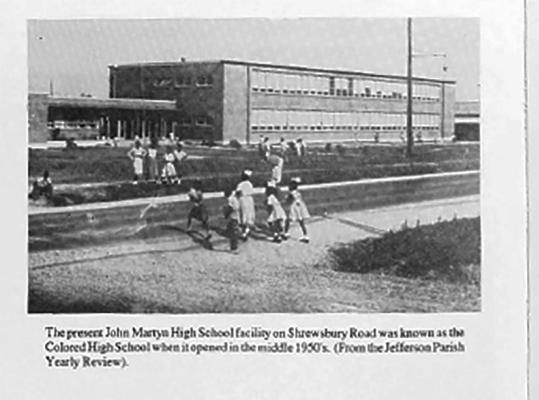
Formerly known as Shrewsbury School, and before that the Colored High School, was one of the only African American Schools operating on the East Bank of Jefferson Parish prior to integration. Located at 1108 Shrewsbury Road, one can look upon the land where it once stood. It is now home to the new Dr. John Ochsner Discovery Health Sciences Academy at the John H. Martyn School campus. The 90,000-square-foot school will feature 25 classrooms, with open enrollment to children in Jefferson Parish, while giving a nod to where it came from – John Henry Martyn, one of the first African American Educators in Kenner, La. Today, his legacy of education lives on.
Site: 1108 Shrewsbury Road, Jefferson, LA 70121
Marsalis Mansion Hotel Marker
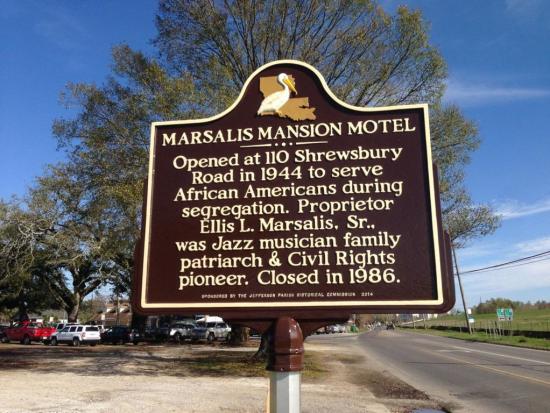
Originally located on River Road near the base of the Causeway, this was one of the only motels safe for African American travelers during the civil rights movement, prior to the Civil Rights Act of 1964. Ellis Marsalis Sr, the patriarch of a family internationally known for their contributions to jazz, was the first black owner of a motel in Jefferson Parish. The hotel was a luxury accommodation for its time attracting guests like Martin Luther King, Jr., Ray Charles, Thurgood Marshall, and Etta James. Artists and lecturers were invited to perform and speak in New Orleans but were not allowed to sleep there, so they stayed at the Marsalis Mansion.
Site: The parish has dedicated a marker near the intersection of River and Shrewsbury roads, the former location of the motel.
Camp Parapet
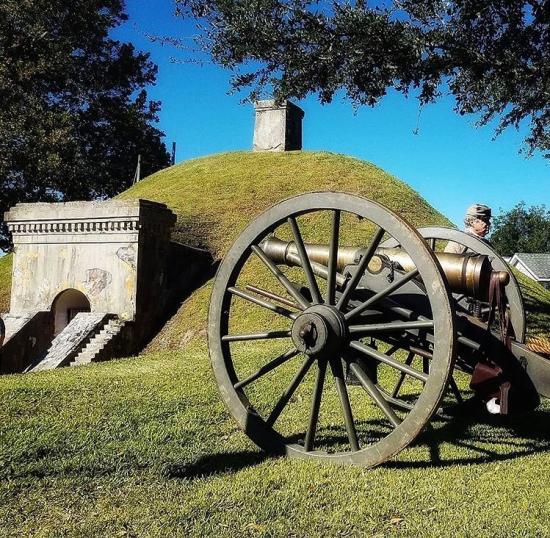
Camp Parapet was a Civil War fortification built by the Confederate Army to protect from Union invaders. However, it was never used, and when the Union took control of it, escaped slaves from the area fled there for protection. The Union Army put them to work, clearing the predominantly swampy lands between the Mississippi River and Lake Pontchartrain. When the work was done, they armed, uniformed, and trained them to fight as soldiers in the Union’s first Louisiana all-black Native Guard regiment. The old powder magazine is all that exists today, located near the end of Causeway by River Road.
Site: The parish has it gated off, but one can still see the mound as it stands. 2801 Arlington St, Jefferson, LA 70121.
Mahalia Jackson’s Gravesite
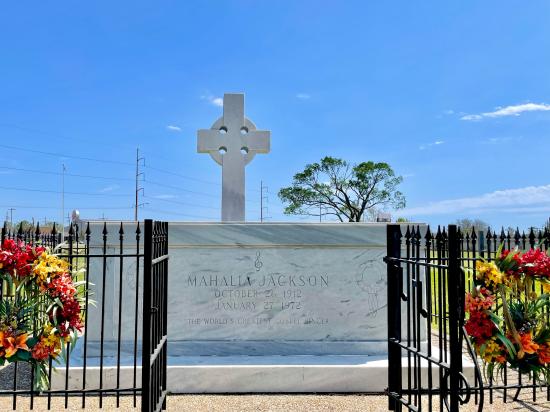
Mahalia Jackson was an American gospel singer. The granddaughter of slaves, she is widely considered one of the most influential vocalists of the 20th century. Her career spanned over 40 years and she played a major role in the creation and spread of gospel blues throughout black churches across the US. Her success brought about international interest in gospel music, initiating the "Golden Age of Gospel" making it possible for many soloists and vocal groups to tour and record. Popular music as a whole felt her influence and she is credited with inspiring rhythm and blues, soul, and rock and roll singing styles. Prime Minister Indira Gandhi once said about Jackson, "I will never hear a greater voice; I will never know a greater person."
Mahalia Jackson died in 1972 in Chicago and was honored with the Grammy Lifetime Achievement Award that same year. She has since been inducted into the Gospel Music Association’s Gospel Music Hall of Fame and the Rock and Roll Hall of Fame. She was the first gospel artist to be inducted on the Hollywood Walk of Fame.
Site: Providence Park Cemetery, 8200 Airline Dr. Metairie, LA 70003
Seven Oaks Plantation
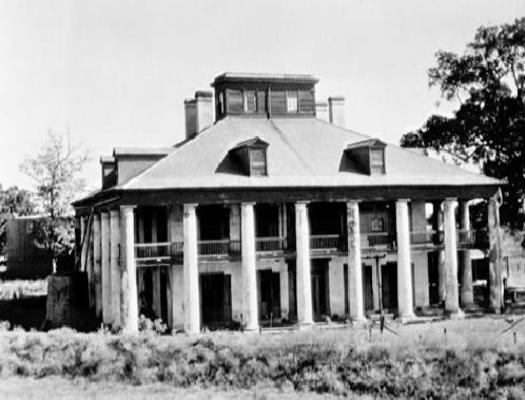
Seven Oaks Boulevard runs along the perimeter of Bridge City, on the West Bank of the Mississippi River, in the shadow of the Huey Long bridge. The name of the street is the only hint remaining of a long-gone manor house described as "one of the most impressive of Louisiana's Greek Revival plantation mansions."
Michel Zeringue, the grandson of the well-known colonial builder, Michael Zehringer, purchased the plantation from his father-in-law, Alexandre Harang, in 1794. The purchase included all the buildings and improvements on the plantation and the canal that had been dug there. Zeringue continued to improve and expand the plantation and farm its lands, cultivating a foundation upon which his son would develop an even greater estate. In 1892, Sala purchased part of the Zeringue plantation, including the Seven Oaks Plantation House, and had an engineer layout 162 lots immediately adjacent to the lower bank of the Company Canal. “Salaville” would form the urban core of Westwego, and among its first residents were African American families who had been previously enslaved on Zeringue’s plantation. By 1893, up to 200 people lived in Salaville and Westwego.
For many years, the structure lay abandoned and neglected until its destruction in 1976.
Site: Marker is at the intersection of Seven Oaks Boulevard (State Highway 18) and River Road (Route 541), on the right when traveling west on Seven Oaks Boulevard
True Vine Baptist Church
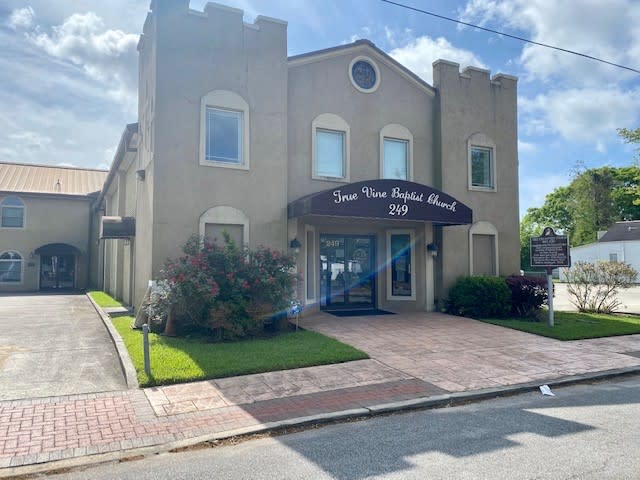
True Vine Baptist Church is the oldest and longest-running African American Church on the West Bank of Jefferson Parish. Since 1865, it has been the home of free people of color to congregate, worship, and celebrate safely in the old Westwego neighborhood.
Site: 249 Sala Ave, Westwego, LA 70094
Barataria Preserve of Jean Lafitte National Park & Preserve
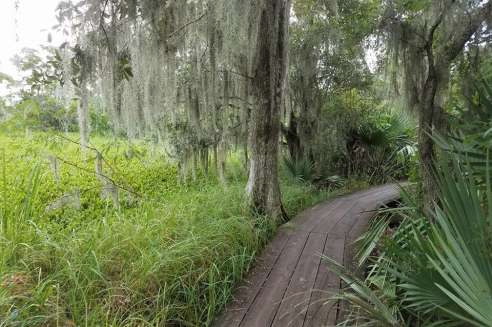

Around 1807 it became illegal to bring slaves from Africa into Louisiana; it later became illegal to import slaves into the rest of the United States. Louisiana planters had a hard time buying enough American-born slaves to work on their plantations. The Pirate, Jean Lafitte smuggled goods and slaves into south Louisiana using the bayous and waterways in south Louisiana.
The men working for Lafitte were called Baratarians because the waterways they used for smuggling were located in an area called Barataria (the Barataria Preserve of Jean Lafitte National Historical Park and Preserve is located in this area).
In 1966, Louisiana authorized a state park to be established at the present site of the Barataria Preserve. The park was named after Lafitte because of his smuggling operations in the area.
Today the Preserve features beautiful nature trails, birding trails, and a visitor center featuring a kids activity center, Junior Ranger program, bookstore, and more. Guided tours are offered. Great place for hiking, canoeing, and enjoying nature!
Site: 6588 Barataria Boulevard, Marrero, LA 70072
Additional Historical Points of Interest (Some Not Featured On The Trail) Are Listed Below:
Destrehan Plantation
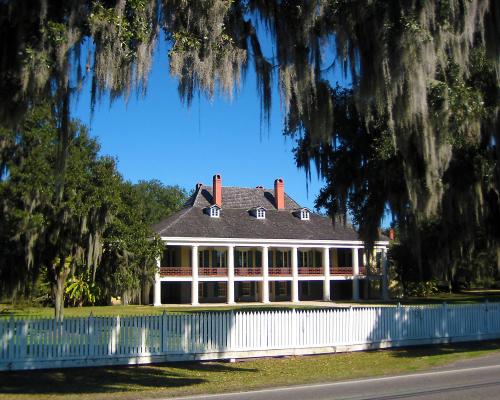
Right next door to Jefferson Parish in St. Charles Parish is Destrehan Plantation. Established in 1787 and listed on the National Register of Historic Places, Destrehan Plantation remains the oldest documented plantation home in the Lower Mississippi Valley.
Destrehan Plantation was the site where one of the three trials took place following the 1811 Slave Revolt, one of the largest slave revolts in U.S. History led by Charles Deslondes. During the Civil War, the Union Army seized the plantation and established the Rost Home Colony where newly freed slaves learned trades enabling them to transition into a life of freedom.
After the Civil War, a major task faced by the Bureau of Refugees, Freedmen, and Abandoned Lands was formed to help newly freed slaves adjust to their new lives. In Louisiana, the field office there established four "home colonies," self-sustaining agricultural collectives that also provided schools, commercial stores, and a hospital. These colonies were meant to be safe havens for persecuted freedmen as well as sites for training and educating them with the necessary skills for survival in post - Civil War Louisiana. The Rost Colony in Destrehan was by far the most successful of the four.
Site: 13034 River Rd, Destrehan, LA 70047
McDonoghville Cemetery
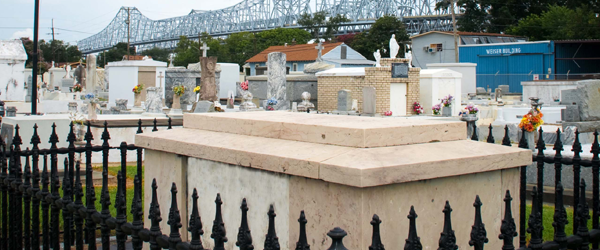
The McDonoghville Cemetery is quietly nestled on the Westbank of Orleans and Jefferson Parishes. John McDonogh purchased his plantation in 1813 and established a cemetery to the rear for the burial of those that he had enslaved. McDonogh was buried in this same cemetery in 1850.
In 2016, the Jefferson Parish Historic District sponsored the erection of a state marker recognizing the historical significance of McDonoghville Cemetery. This marker states that John McDonogh created the cemetery and it is the final resting place for “many prominent local families.” Even though historical evidence documents that McDonoghville Cemetery served as a burial site for enslaved and freed people, the marker makes no mention of them. Community members are appealing to the various municipalities and organizations to have McDonoghville Cemetery’s historical significance as a burial site of enslaved and freed people formally acknowledged.
To learn more about the cemetery and its history, please click HERE
Site: 520 Hancock St, Gretna, LA 70053
Looking for black-owned restaurants in Jefferson Parish and New Orleans? Check out the interactive map below!
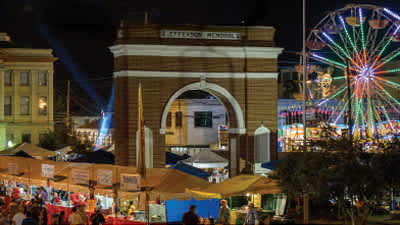
New Orleans’ Playful Neighbor
Nestled next to our famous neighbor, New Orleans, Jefferson offers a vibrant night life, as well as the quiet serenity of a nature walk. Our communities are comprised historic homes, fishing piers,... See More
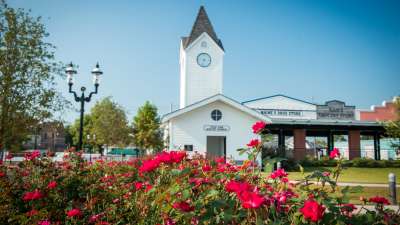
Historic Districts
Location: Gretna, Kenner, Westwego
Go beyond the history of the city of New Orleans and take a more in depth look at the history of the Mississippi River region. Jefferson hugs both the east and west banks of the Mississippi and plays... See More

A Culinary Craze
Jefferson Parish restaurants are among Louisiana’s best, offering the freshest ingredients, specialty dishes and friendly staff. Louisiana is known as a culinary epicenter offering a variety of... See More



The Beautiful Bayou
Location: Jean Lafitte
Discover the natural wonders of the Jean Lafitte National Historical Park and Preserve. With a unique ecosystem the preserve is a representative example of the delta's environment, containing natural... See More


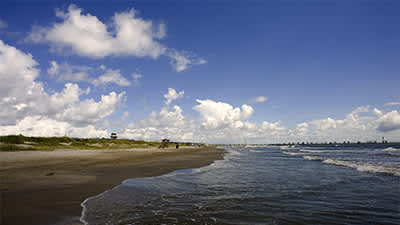
Louisiana's Only Inhabited Barrier Island
Location: Grand Isle
The State of Louisiana maintains a mile of beach front at Grand Isle State Park on the easternmost staying e park looks out toward nearby Grand Terre island, once the lair of the legendary pirate (or... See More







